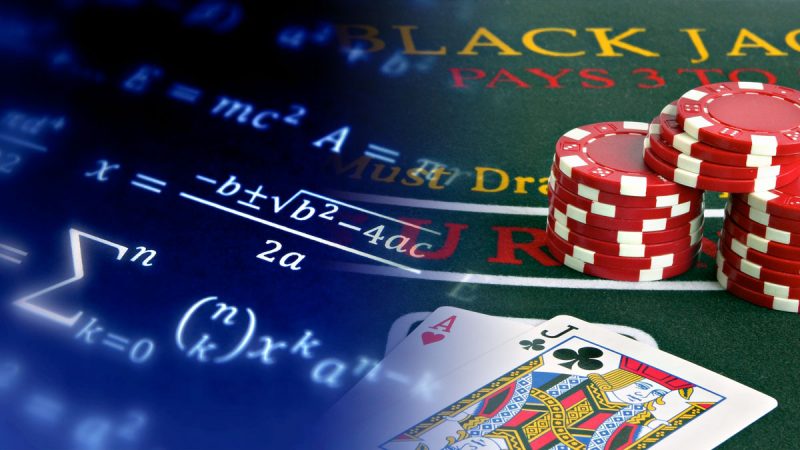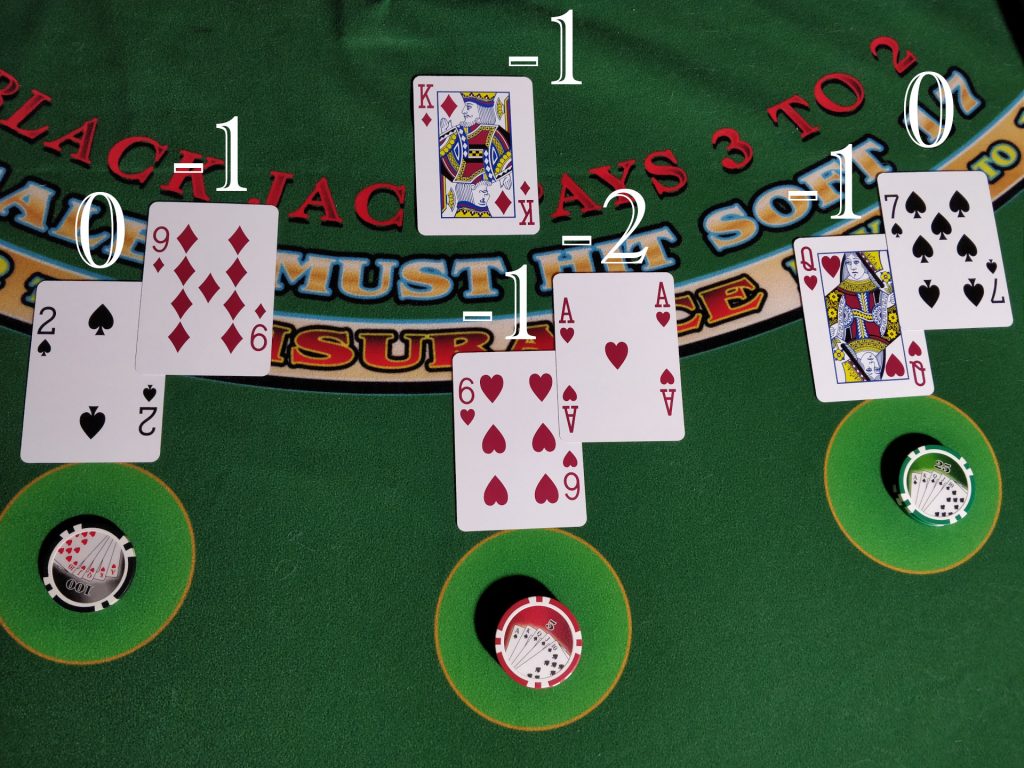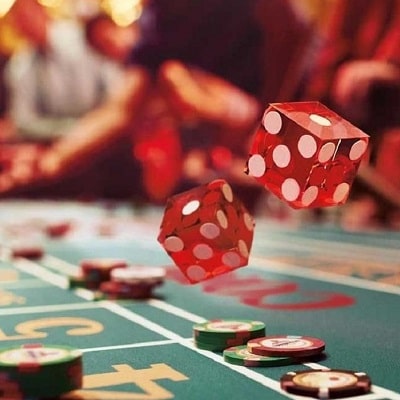The Intersection of Mathematics and Card Games

Card games, a popular pastime and a social conduit across generations, harbor an underappreciated depth — the intriguing interplay of mathematics. Even in the simplest games, math emerges as an integral part of strategy, decision-making, and even the understanding of chance. When you start to peel back the layers, you uncover a complex, engaging world where the abstract meets the tangible.
From probability, combinatorics to game theory, math is the invisible thread weaving through the fabric of every card game. Whether it’s calculating odds in a tense Poker hand or planning your next move in Bridge, mathematics is the guiding force that can be the key to victory or the harbinger of defeat.
Probability: The Engine of Card Games
Delving into the mathematical principles inherent in card games, the concept of probability is a great place to start. At its core, probability allows players to gauge the likelihood of specific outcomes based on the cards in play. In a game like Blackjack, savvy players use this knowledge to determine the best course of action — to hit or stand.
Combinatorial mathematics further complements probability. By understanding the total number of possible combinations, players can make more informed decisions. In Poker, for instance, being aware of the number of potential hands your opponent might have significantly impacts your betting strategy.
Game Theory: The Strategic Backbone
Game theory, the study of strategic interaction, takes center stage in many card games. From deciding whether to bluff in Poker or predicting an opponent’s play in Bridge, game theory is pivotal in shaping a player’s tactical approach.
John Nash’s equilibrium theory, an offshoot of game theory, is a powerful concept applicable to Poker. It suggests that in a game with multiple players, there exists a set of strategies where no player benefits from changing their strategy while others keep theirs constant.

Mental Calculation and Memory: The Skills Behind the Math
Card games aren’t just about understanding mathematical principles. They’re also about applying them in real-time, often requiring rapid mental calculations and exceptional memory skills.
Card counting in Blackjack is an excellent example of this. It’s a technique that requires players to keep track of the ratio of high to low cards left in the deck. Players use this information to adjust their bets and actions, exploiting the game’s mathematical structure for their gain.
The Joy of Math in Card Games
In conclusion, the beauty of card games lies not just in their social aspect or the thrill of winning but also in the hidden layer of mathematical complexity they offer. While mastery of these mathematical concepts doesn’t guarantee victory, it equips players with better tools to navigate these games.
So, the next time you pick up a deck of cards, remember you’re not just indulging in a game, but a practical, exhilarating application of mathematics. Whether consciously or unconsciously, you’re partaking in a centuries-old tradition of mental gymnastics and strategic thinking — a testament to the omnipresence and power of math in our everyday lives.




